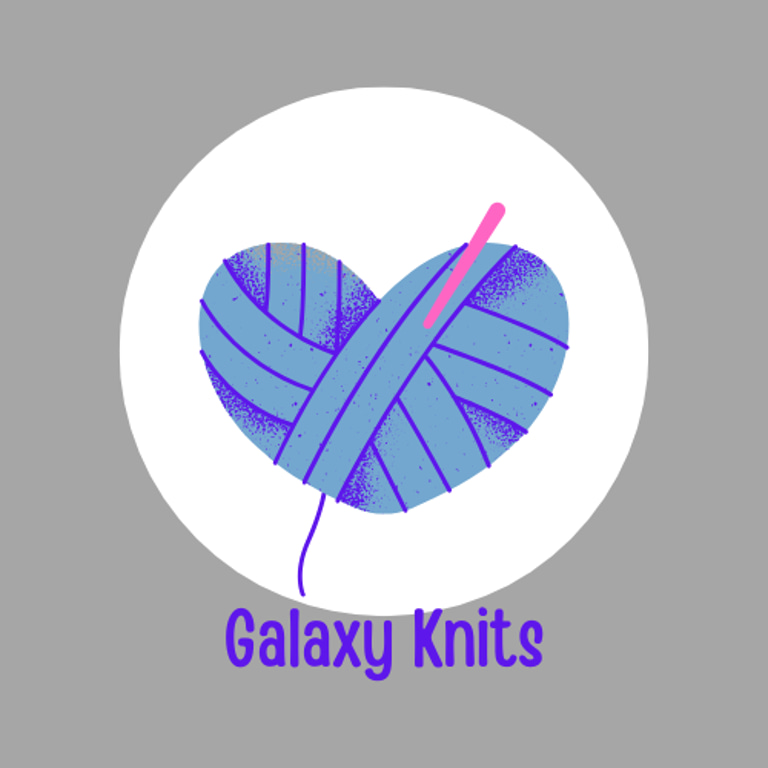Colorwork Techniques
Learn 12 different techniques for adding color to your knitting!
4/21/20255 min read
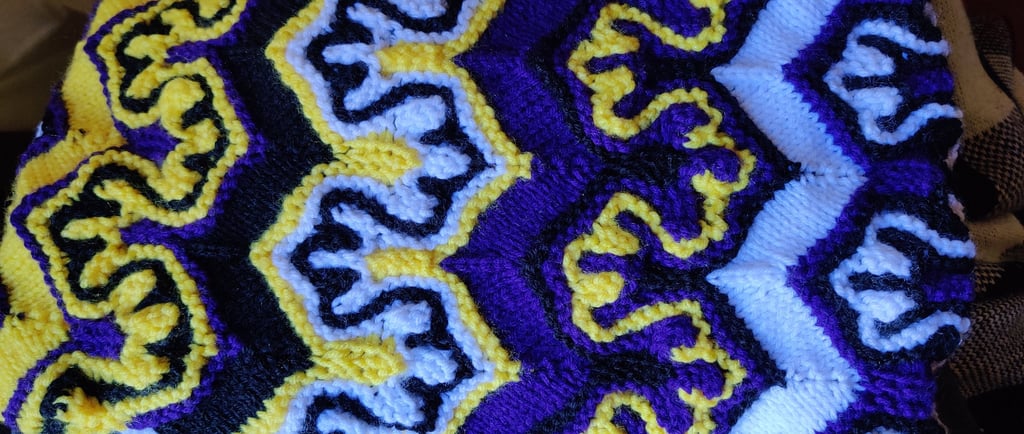

There are plenty of ways to play with colors while knitting. Some are more difficult than others. Here I will explain many different colorwork techniques, ranging from easiest to hardest (in my opinion). Start giving them a try!
Stripes
Stripes are easier than you might think! All you have to do is add a new color at the beginning of your row or round and knit with the new color. One issue with this in the round is that there will be a “jog” where the old color and new color meet and look uneven. One way to avoid this is to slip the first stitch of the round when you change color. Knit it like normal on the next rounds. For other methods of changing colors, check out my blog post here.
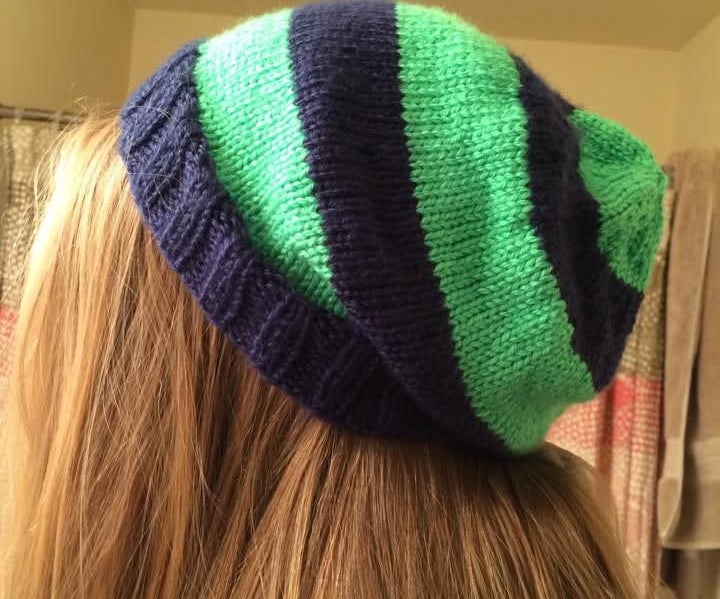

Marling
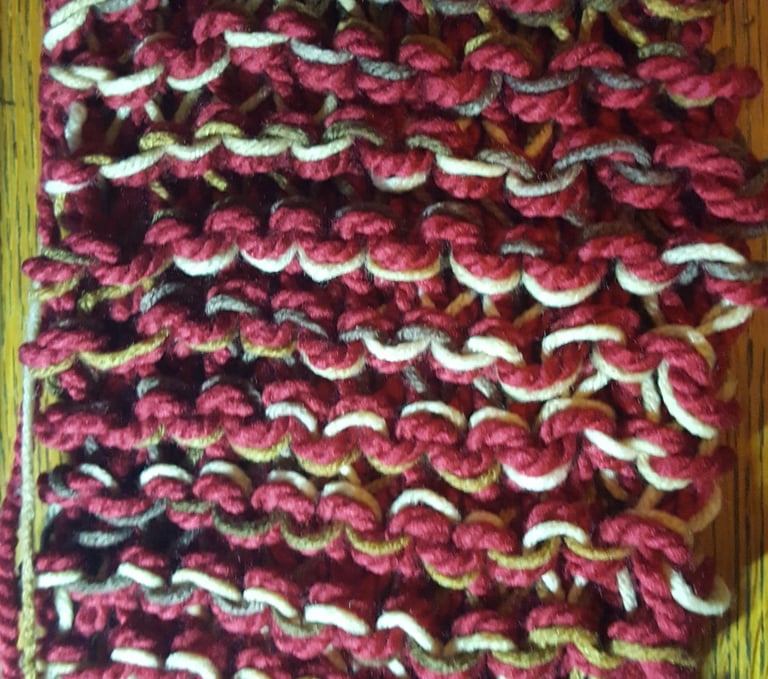

Marling is when you hold two (or more!) different colors of yarn together and knit with both at the same time. This gives an interesting heathered effect. You can create some interesting gradients by changing one of the yarns at different points in your project.
Duplicate Stitch
Duplicate stitch is a type of embroidery that mimics the look of a knit stitch. You sew a different yarn color directly over the stitch you want to cover to make a design. It is typically done with the same weight of yarn as you used for the base fabric, so that it appears like you knit the design in instead of adding it at the end.
Illusion/Shadow Knitting
Illusion or shadow knitting involves knitting thin stripes with two different colors. Knits and purl stitches are placed strategically so that a design can be seen only at a particular angle.
Mosaic Knitting
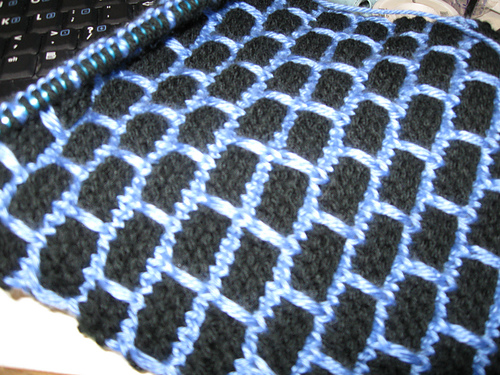

Mosaic knitting is a simple way to create intricate designs using slip stitches. You knit stripes with two different colors and slip stitches to cover parts of the opposite color. Above is a simple example of mosaic knitting, but there are some really incredible images you can make with this technique.
Roositud/Roosimine
Roositud and Roosimine are sometimes also called an Estonian inlay. As you knit, you add a different color wrapped around a certain number of stitches, creating horizontal bars of colors.
Entrelac
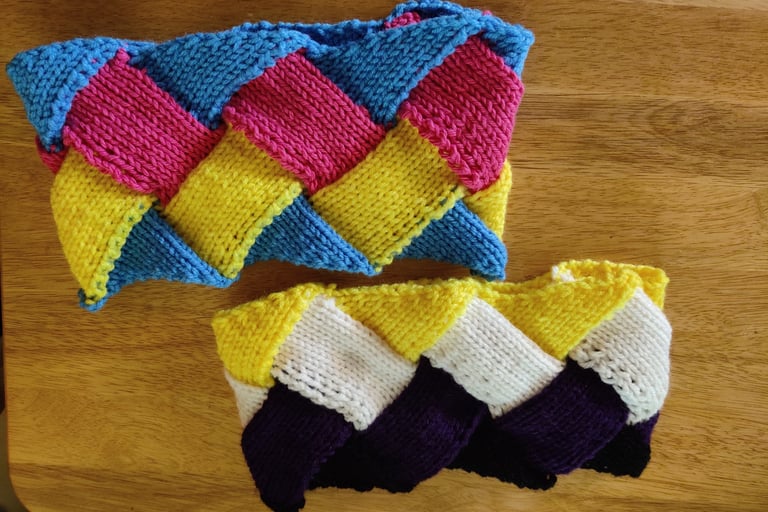

While this technique technically can be done in one color, the results are much prettier with multiple colors. You start by knitting triangles sideways, then knit rectangles that fit in between the triangles in the opposite direction. Then more rectangles in the other direction, and so on, until you knit a final row of triangles. This is one of those techniques that looks more complicated than it actually is, but you really have to trust the process, as it looks pretty weird on the needles!
Stranded Colorwork
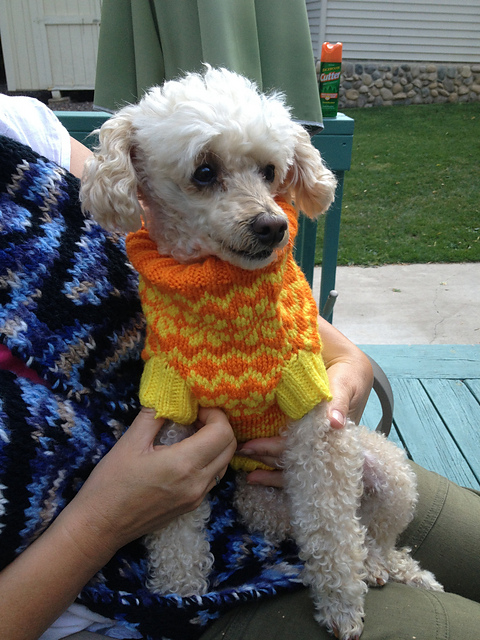

“Stranded” colorwork is sometimes used interchangeably with “Fair Isle,” although Fair Isle actually represents a particular style of stranded colorwork. To do this technique, you carry multiple strands of yarn as you knit, making a design one stitch at a time. Keep in mind that if your “floats” (the strands of yarn on the wrong side of the work) get too long, you should twist them with another yarn to keep them tidy. Patterns using this technique usually come with charts (stay tuned for a future blog post on reading charts).
Double Knitting
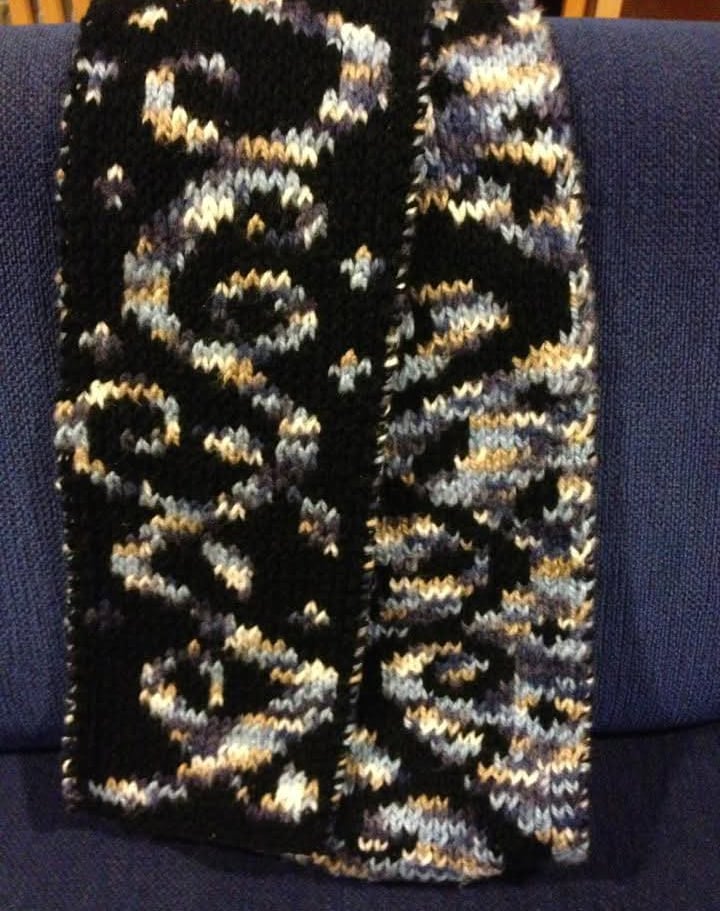

Double knitting is a type of stranded colorwork, however, you essentially create two layers of fabric with the floats in between the layers. The design is typically mirrored on the other side, like in the picture above, with opposite colors in opposite places. It is possible to do something different on each side, although it is much harder to keep track of where you are!
Intarsia
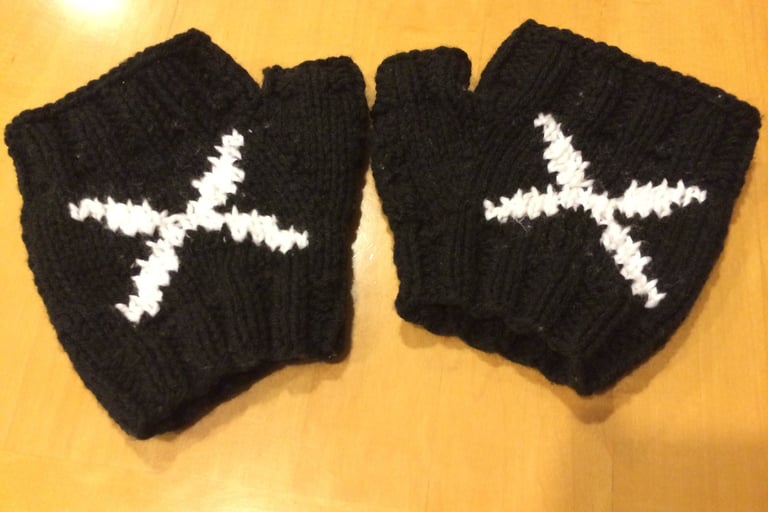

Intarsia involves making blocks of color, or a particular shape, in a way that doesn’t work well as stranded colorwork. Each section of color needs its own ball of yarn as you work. For example, in the picture above, each side of the X needed a separate ball of white yarn, and the black in between needed a separate ball as well. Instead of carrying a second color along the back of the work, the yarns are twisted at the edge of the shape to hold it in place.
Brioche
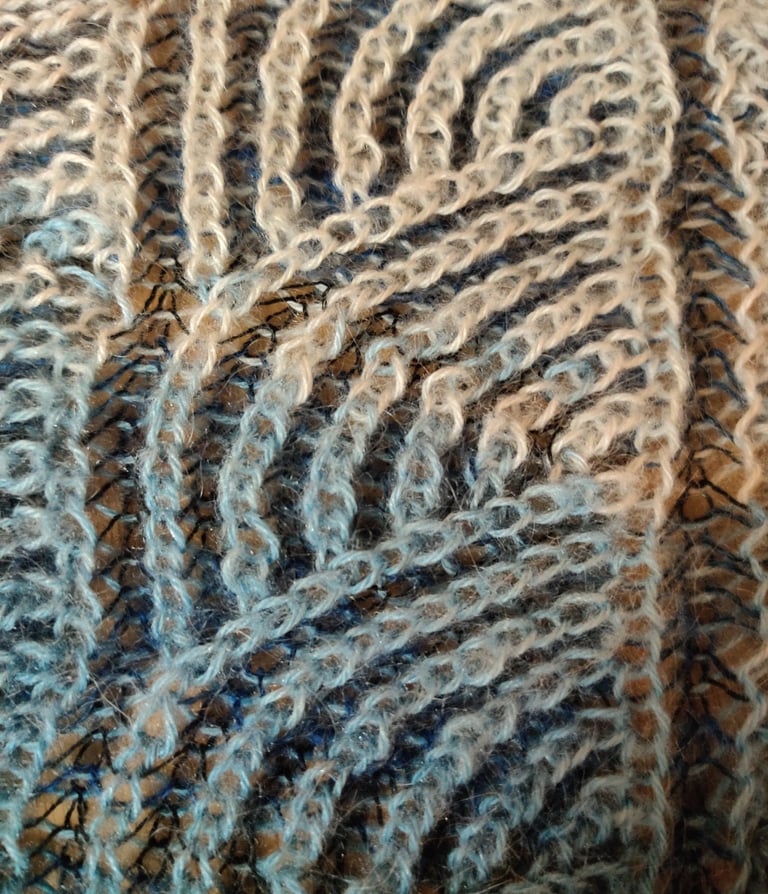

Brioche is a technique that intimidates many knitters, novice and advanced alike. It is possible to do in one color (often called fisherman’s rib), however, two-color brioche is more common. It has two sides, much like double knitting, with interlocking stitches. The result is columns of one color over a background in another color, and it’s reversed on the other side. What makes it unique is that you work every row twice, once in each color. It is certainly not for beginners, but in my opinion, it is easier than a lot of people think.
Stacked Stitches


Stacked stitches are a technique developed by Xandy Peters, most popularly seen in his fox paws pattern, shown above. This technique is not for the faint of heart; it is quite difficult, but the result is fascinating! “Stacks” of stitches are locked in between stacks of stitches in another color.
If you’ve never used multiple colors in your knitting before, some of these can seem pretty intimidating, so start small at the top and build your way up through this list. I have a colorwork course series in the works, so sign up for my newsletter to hear about my future offerings!
